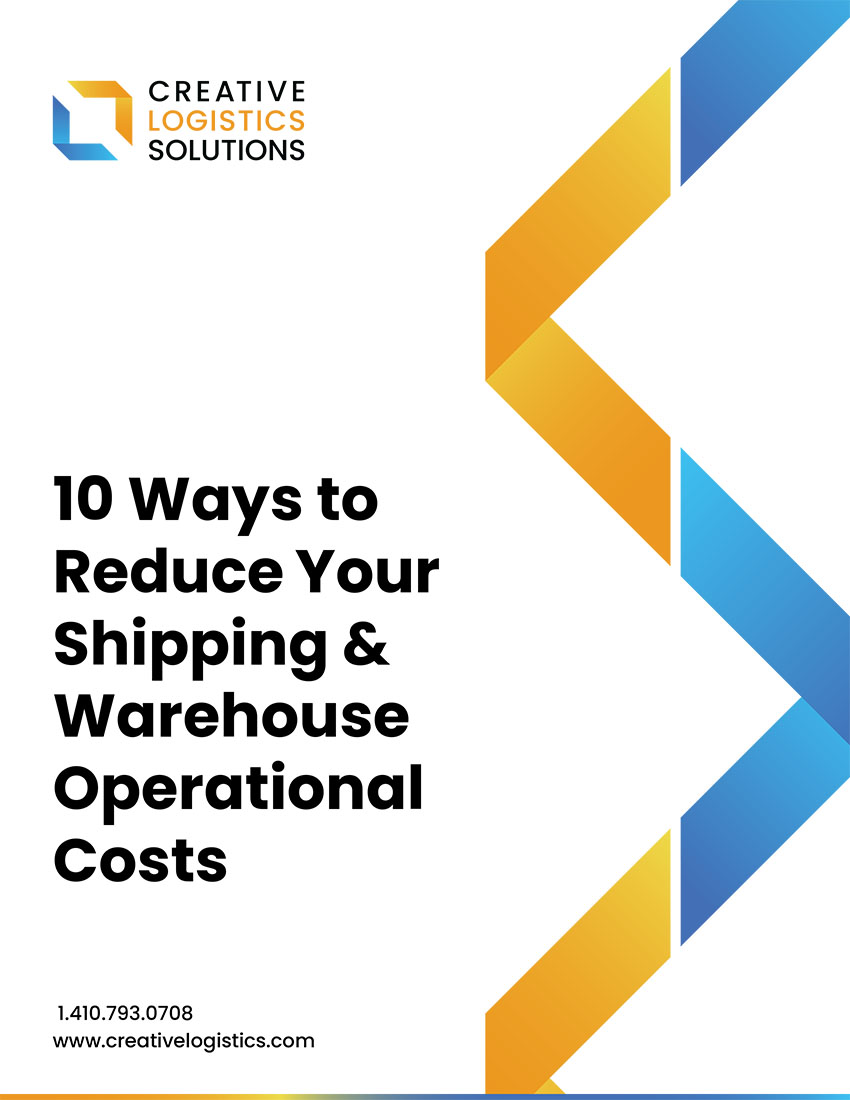Transit Time

Definition
Transit Time
Transit time is the total time it takes for goods to get from Point A to Point B, measured in hours and/or days. The mode of transport could be a boat, plane, train, truck, or a combination of multiple delivery modes.
Many factors can come into play when determining an estimated transit time based on where the shipment is originating from and where it is ultimately to be delivered. Additional factors can arise while the shipment is in motion, extending the total transit time.
Boat transit times can be measured in weeks or even months for a shipment traveling from Asia to the United States. Transit times for rail or over-the-road (OTR) trucks traveling across the country may take days or even a week.
Transit time for expedited services via plane could be as little as a day, with some carriers now even offering same-day delivery options to some locations.
Cost vs. Expediency in Shipment Transit Time Considerations
In the world of order management and shipment operations, transit time can be impacted by many planned and unplanned circumstances such as business holidays, inclement weather, labor strikes, accidents, derailments, etc.
Product characteristics such as weight, dimensions, and hazardous goods status can also be factors in calculating transit mode and cost. Equally important, the customer’s desired delivery date also impacts delivery mode and transit time. Factors include:
Delivery Date Requirements
The most significant factor to determine the feasibility of these options is money. It’s often possible to reduce the total transit time if you’re willing to pay for it. As previously mentioned, a boat may take weeks or more from the time it sets sail to the time the goods are delivered to the customer, but the cost of this may be just a small fraction when compared to the cost of delivery via expedited air service.
Shipment Size
Considerations such as shipment size and others can quickly make express options cost-prohibitive. For example, the delivery cost to move heavier freight such as pallets of products from a manufacturing facility in China to a DC in the northeastern US can quickly skyrocket if expedited service is needed – and the expedited shipping service cost may cost as much or more than the price of the actual goods.
If margins are too slim to make up for the difference in price for an upgraded quicker alternative, it may be best to choose a delivery mode that is lower in cost but has a longer transit time for delivery.
Pickup and Delivery Locations
Another factor that can increase transit time is pickup and/or delivery in remote areas. If a carrier knows that certain parts of the country take them longer to reach, they will often extend their transit time estimates (along with the tacking on of extended area fees) to account for this.
Based on historical data, most carriers provide estimates for transit times from an origin to a destination, but not all hazards can be accounted for ahead of time. Unforeseen conditions such as poor weather, road closures, accidents, missed flights/trucks, etc., can also increase transit times for the movement of goods.
To view the estimated transit times for three of the largest US small parcel carriers based on origin, check out these links:
- FedEx: http://www.fedex.com/grd/maps/MapEntry.do
- UPS: https://www.ups.com/maps?loc=en_US
- USPS: https://www.usps.com/priority-mail/map/
To summarize, transit time is the amount of time (hours and/or days) that it takes for goods to move from an origin point to their destination. You can pay to select an expedited service to decrease this amount of time, but those costs may increase very quickly depending on the size of the shipment and where it is coming from and going to.
A multi-carrier shipping system such as InfoShip®/Vx can automatically consider transit times as part of the carrier routing and selection process, as well as other shipper and consignee preferences such as cost, handling requirements, and more.
While many shippers use one primary carrier, making rate shopping is unnecessary, an excellent reason for a multi-carrier shipping system is service shopping. By service shopping, you may be able to pick up a day or two on the delivery time by not using your primary carrier, and it may cost you little or nothing more.
Learn More
Please get in touch with us if you’d like to learn more about cost-effective ways to manage customer delivery preferences, transit times and ways to reduce shipping costs.
Also, feel free to visit our Knowledge Center for shipping system case studies, timely blog posts such as:





